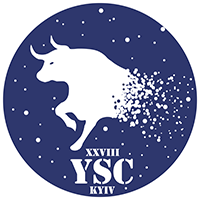Speaker
Description
Large-scale structures (LSS) form via relentless action of gravitational forces on density perturbations over cosmic length and time scales. Thus, the non-linear regime of LSS formation is sensitive to the underlying theory of gravity, and hence provides estimates for observables that can help distinguish modified gravity effects from the expected standard GR results. In this work, I focus on two modified gravity models: namely variants of f(R) and nDGP gravity models. These MG theories offer a very good test bed to explore the freedom of modifying the Einstein-Hilbert action to produce a physical mechanism effectively mimicking the action of the cosmological constant, that would result in cosmic acceleration. These MG models are constructed in such a way that they have negligible consequences at early times and share the same expansion history and cosmological background as ΛCDM.
As a result, the effect of these MG models is incorporated in the perturbation equations that govern the gravitational dynamics of LSS, and can potentially impact the formation and evolution of dark matter halos. Thus, the statistical properties of dark matter halos, that form the building blocks of cosmological observables associated with large-scale structures in the universe, offer opportunities for testing modifications to the gravitational forces.
In this work, I focus on halo statistics: halo mass function, halo bias and halo density profile, using results generated from MG N-body simulations. We obtain systematic trends in these quantities on comparing MG results with standard GR cases. These trends can be further used to compute semi-analytical modeling for these MG cosmologies and make robust estimates for cosmological observables. This will be advantageous as N-body simulations are prohibitively expensive for the case of most nontrivial MG scenarios.

